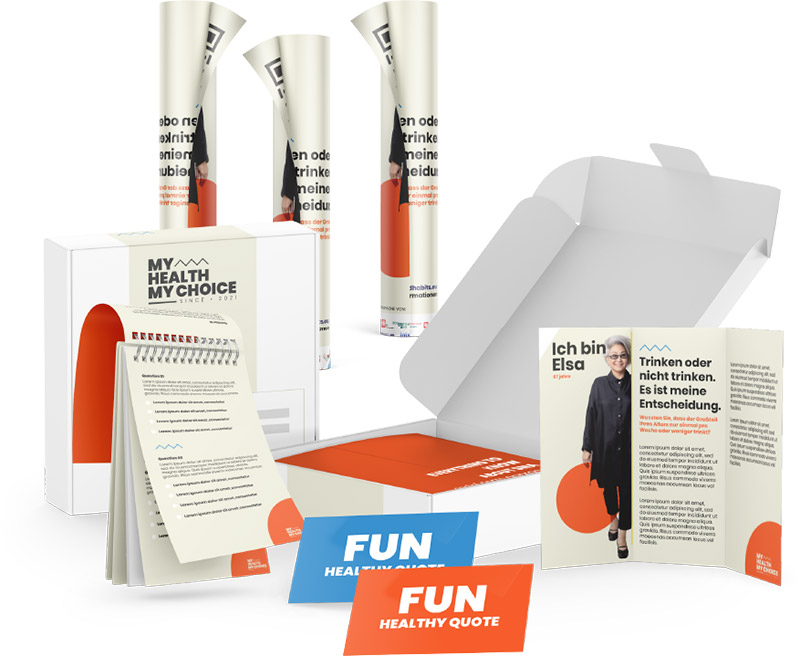

As a healthcare professional you are in a unique position. You can sometimes spot changes in health or behaviour, before anyone else can. Of course, you want the best for your patients. You know their medical background and might understand why certain patients are more vulnerable to addiction. Among your patients you might have seen signs of substance addictions or maybe you have noticed patients slowly becoming reliant upon medicine you had prescribed.





